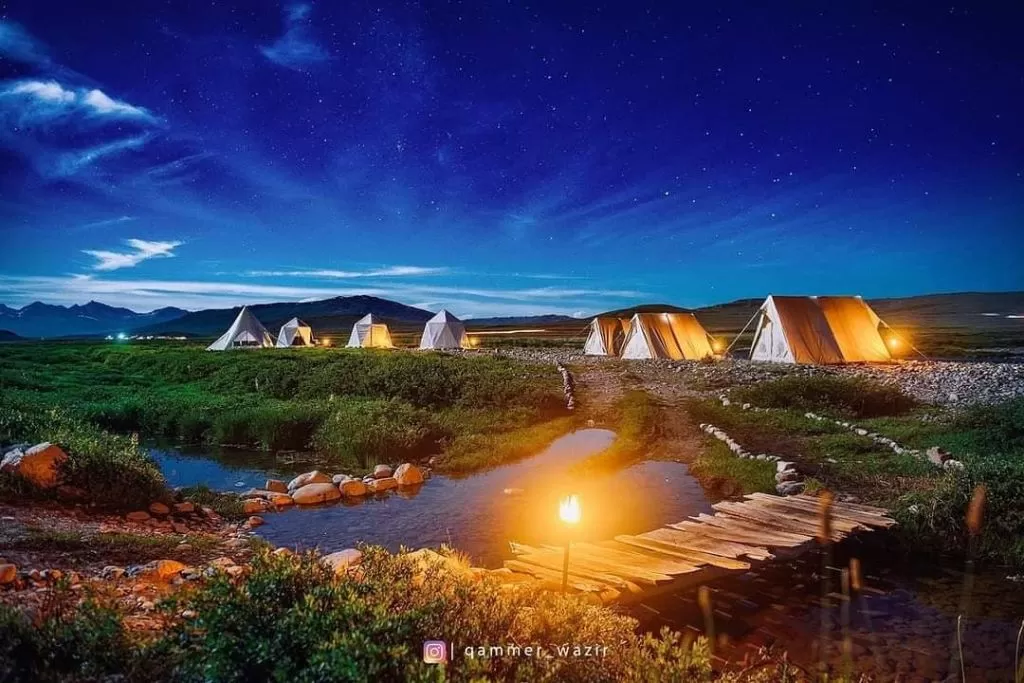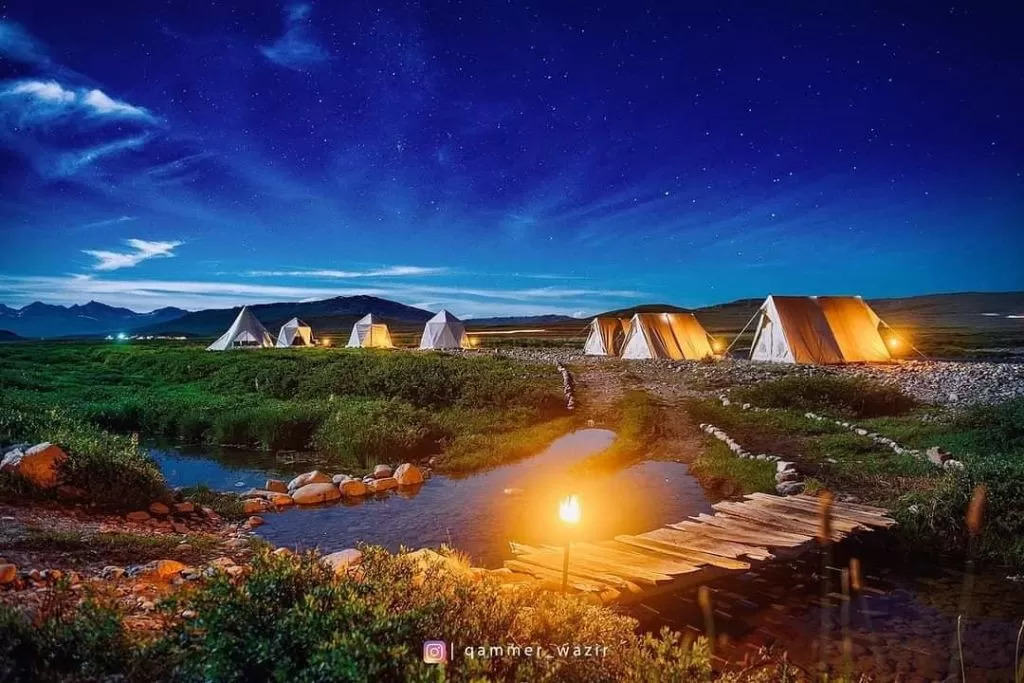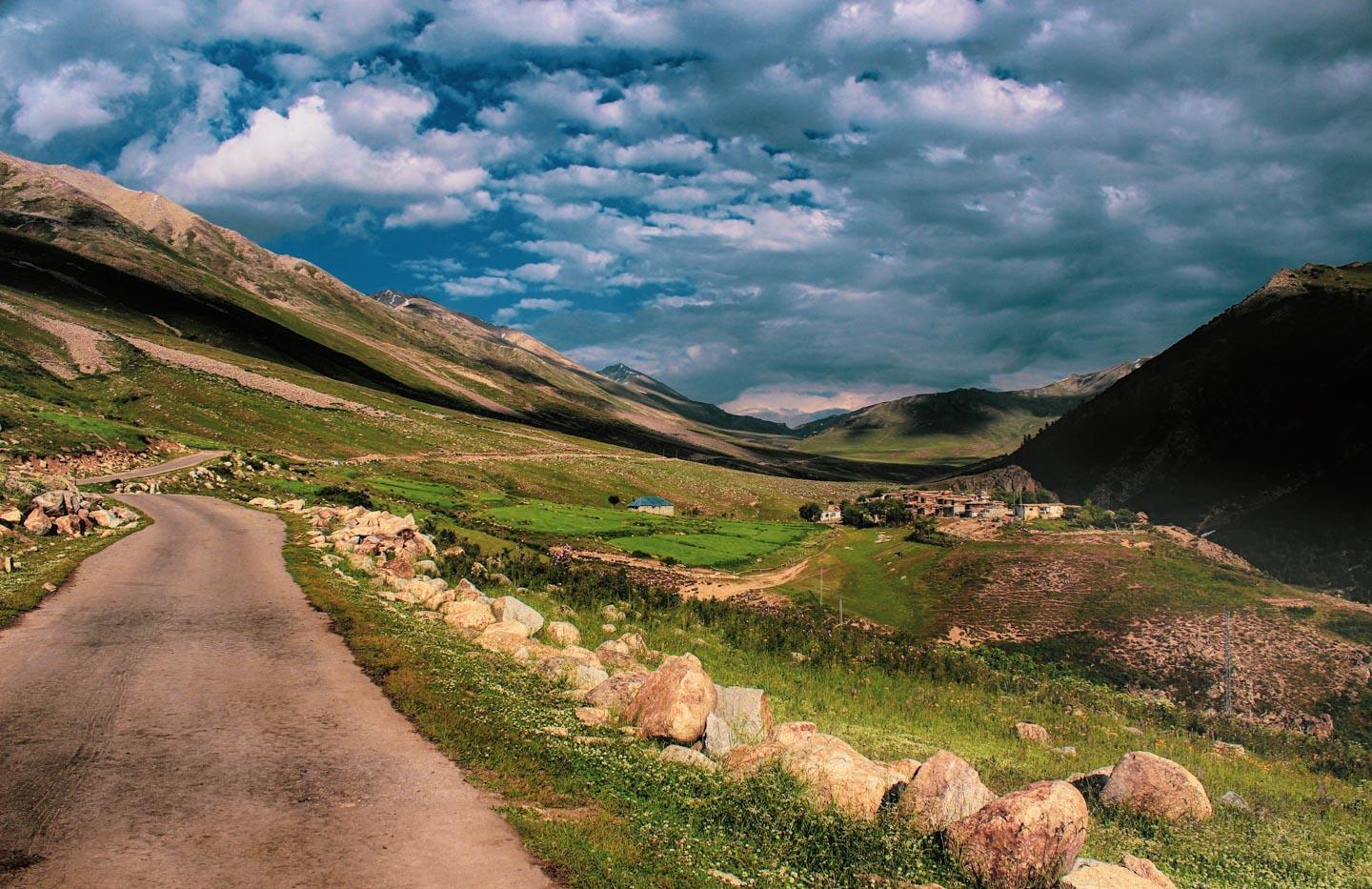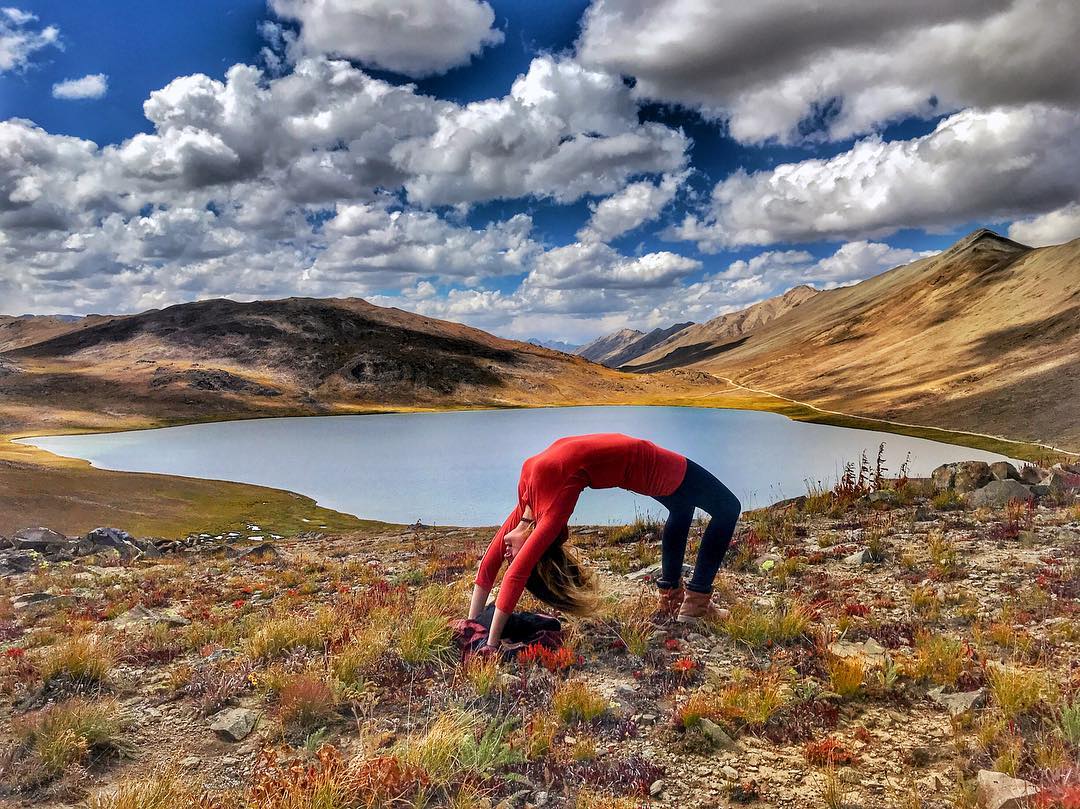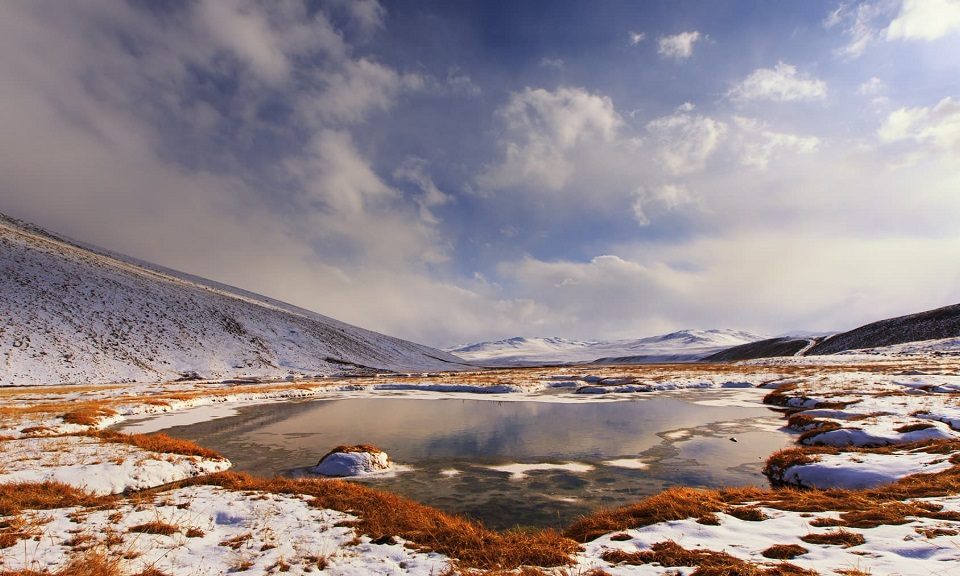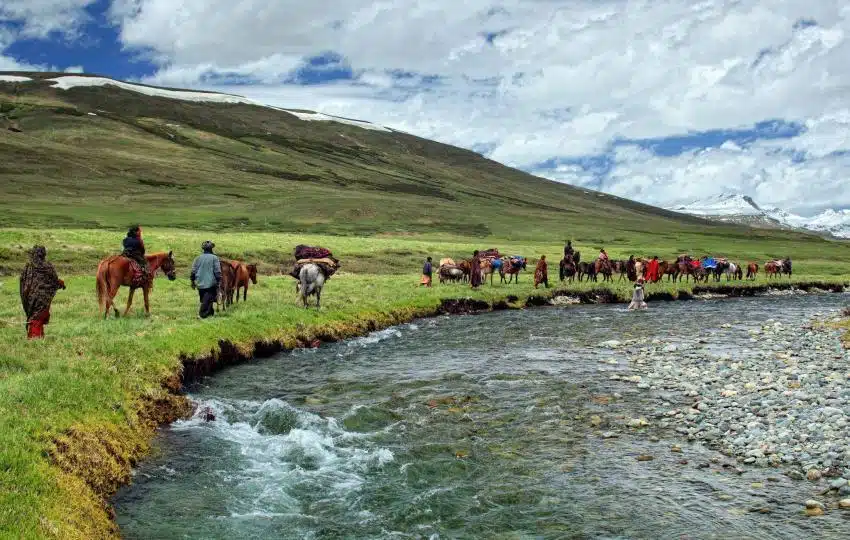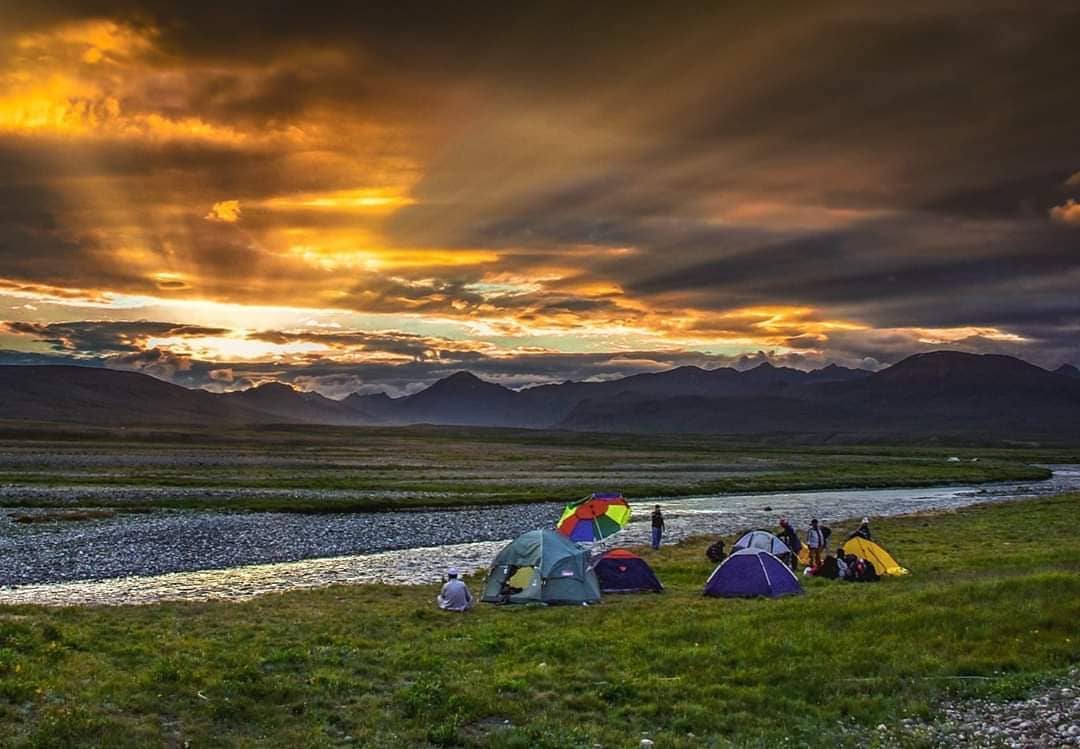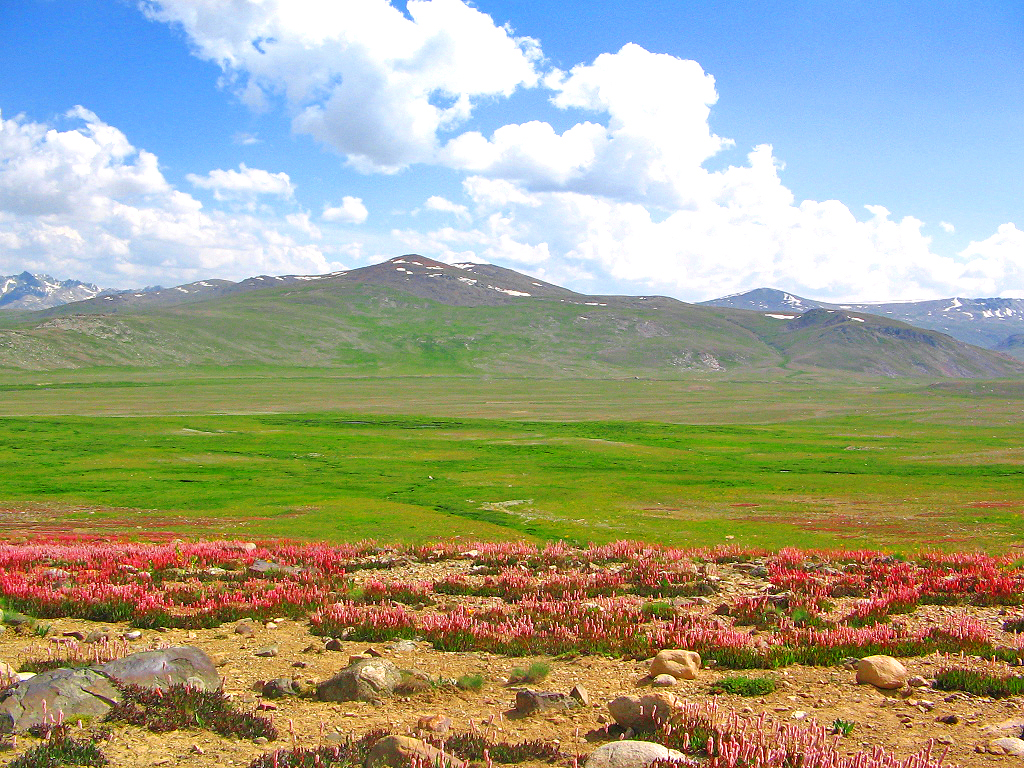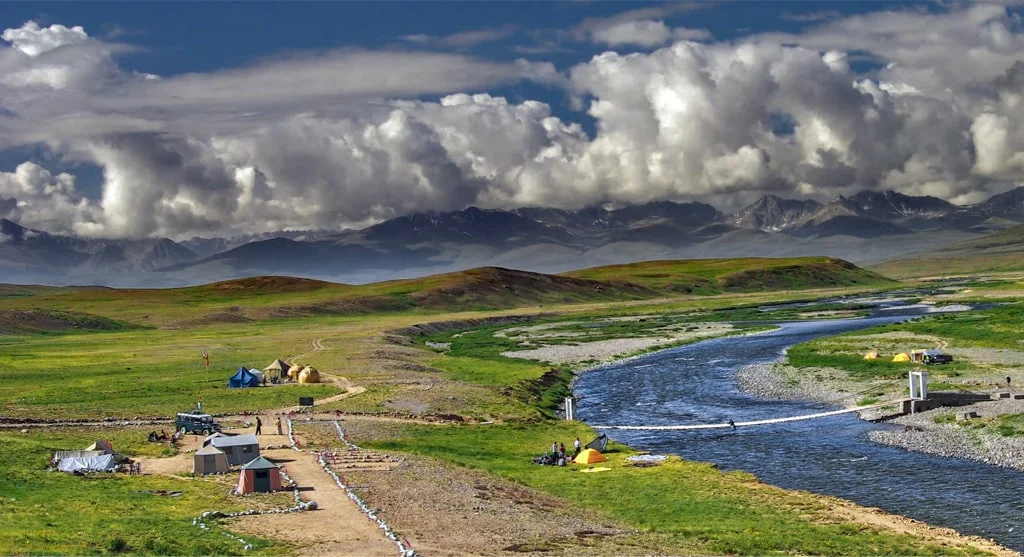
About the Deosai National Park
The Land of Giants
Tucked away in the northern reaches of Pakistan lies one of the world's most breathtaking and pristine plateaus—Deosai National Park. Known as the “Land of the Giants,” Deosai is a high-altitude alpine plain and national park located in the Skardu District of Gilgit-Baltistan. This unique landscape, sitting at an average elevation of over 4,000 meters (13,000 feet), is a haven of untouched beauty, diverse wildlife, and spectacular natural wonders that change dramatically with the seasons.
A Majestic Landscape
Deosai's terrain is unlike any other in the region. Stretching over 3,000 square kilometers, the plateau is vast, open, and gently rolling. Its name, derived from the Urdu words “deo” (giant) and “sai” (shadow or place), reflects the awe-inspiring scale of the land. For centuries, this region remained isolated, wrapped in myths and legends among local communities who believed that giants once roamed its vast expanse.
The park is covered in snow for about eight months of the year, and when it finally melts in summer, a magical transformation occurs. Lush green meadows erupt with wildflowers of every hue, and the valleys come alive with fluttering butterflies, roaming wildlife, and sparkling freshwater streams. The silence of the plateau is broken only by the whisper of the wind and the occasional call of birds echoing through the mountains.
Flora and Fauna
Deosai National Park is not just about its incredible views; it is also a critical ecological zone. It supports a variety of rare and endangered species, many of which are not found elsewhere in the country. Perhaps the most iconic among these is the Himalayan brown bear, one of the rarest bear species in the world. Once critically endangered, the bear population in Deosai has slowly increased thanks to conservation efforts and the protected status of the area.
Other mammals in the park include the Himalayan ibex, red fox, golden marmot, snow leopard (though sightings are extremely rare), and Tibetan wolves. The golden marmots, in particular, are a familiar sight for visitors, often spotted sunbathing near their burrows or scurrying through the grasslands.
Birdlife in Deosai is equally rich. Species like the lammergeier (bearded vulture), golden eagle, griffon vulture, and various falcons soar high above the plains. The Deosai plains also attract migratory birds in the summer, including the beautiful bar-headed goose, which nests in the region’s numerous alpine lakes.
Sheosar Lake – Jewel of Deosai
Among the many natural attractions within the park, Sheosar Lake is perhaps the most famous. This serene, crystal-clear lake lies near the western edge of the plateau and is surrounded by rolling meadows and distant snow-capped peaks. The name "Sheosar" translates to “Blind Lake” in the local Balti language, but its views are anything but obscure.
In summer, Sheosar Lake becomes a mirror to the blue sky, surrounded by colorful wildflowers. On clear days, the majestic Nanga Parbat—the ninth-highest mountain in the world—can be seen from the lake’s shores, adding a dramatic backdrop to an already spellbinding scene. It's a perfect spot for picnics, photography, or simply soaking in the stillness that only such untouched nature can offer.
Climate and Accessibility
The climate of Deosai is harsh and unpredictable. The altitude means temperatures can drop sharply even in summer, and sudden storms are not uncommon. Snow starts to blanket the plateau around October and doesn't fully melt until late June or early July. As a result, the window for visiting Deosai is quite narrow, typically between July and September.
Access to the park is possible through two main routes—one from Skardu and the other from Astore. The route from Skardu is more commonly used and offers a scenic journey through Sadpara village and past Sadpara Lake. The Astore route is more rugged and adventurous, but it rewards travelers with some of the most stunning views in the entire northern region.
Visitors must be well-prepared for the high altitude and remote conditions. While there are basic campsites and tent facilities during the summer season, the park is still very much a wilderness area with limited amenities. Proper clothing, supplies, and a respect for the environment are essential for anyone wishing to explore this natural wonder.
Conservation and Significance
Deosai National Park was established in 1993 primarily to protect the Himalayan brown bear, whose numbers had dwindled due to hunting and habitat loss. Since then, the park has played a key role in wildlife preservation and has become a symbol of successful conservation efforts in Pakistan.
Today, it stands as one of the country’s most significant national parks, not only for its ecological value but also for its cultural and tourism potential. Efforts are ongoing to balance the influx of tourists with sustainable practices to ensure the region remains untouched for generations to come.
The local Balti communities living around the park also play an important role in conservation. Through eco-tourism initiatives and community engagement, they are increasingly involved in protecting the park’s resources while benefiting economically from responsible tourism.
A Place of Tranquility and Wonder
Deosai is not just a tourist destination—it is an experience, a journey into a world untouched by urban life. There is a spiritual quality to the silence that blankets the plateau, a feeling of timelessness that few places on Earth can offer. Whether you're trekking through the meadows, camping under a star-filled sky, or standing in awe before Sheosar Lake, you are reminded of nature’s grandeur and simplicity.
In an age of rapid development and constant noise, Deosai remains a place where the soul can breathe. It invites travelers not just to see its beauty, but to feel it—to become part of the rhythm of nature and to leave behind only footprints on its sacred ground.
Address: 8J6QXFCC+6P
